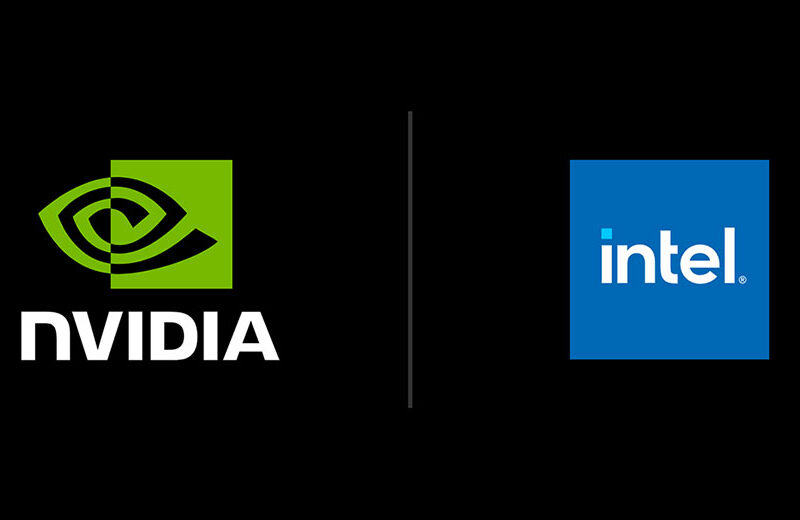Mitigating Certificate Risks To Strengthen Operational Resilience

It’s Monday morning, and a global bank’s customers can’t log into their accounts. Trading desks are stalled, wire transfers are frozen, and call centers are overwhelmed. The culprit isn’t ransomware, a DDoS attack, or even insider sabotage. It’s a single expired certificate embedded in a third-party software library.
What if that same faulty certificate isn’t unique to one bank, and is embedded in a widely used third-party software package adopted by dozens of other financial institutions? Within hours, outages ripple across markets. Regulators are on the phone, the press is circling, and the board is demanding answers.
This isn’t just a hypothetical scenario. It’s exactly what happened to Alaska Airlines last year. What looked like a minor oversight was, in fact, a breakdown in certificate lifecycle governance with widespread operational impact.
The takeaway is clear: the digital certificate supply chain is a systemic resiliency issue. Yet, too often, certificate lifecycle management (CLM) is still treated as a low-level IT task. In reality, it belongs squarely on the board’s agenda.
Hidden Layer of the Supply Chain
Modern applications resemble Lego sets. Developers pull in third-party libraries, vendor-provided components, and open-source packages at scale. Each of these dependencies carries its own digital certificates. Some are issued by well-known certificate authorities, others are self-signed, and still others may be long-lived or poorly managed.
In theory, certificates guarantee authenticity and trust. In practice, too many organizations lack validation mechanisms. Vendors may provide software signed with certificates that are expired, improperly issued, or even designed to last a century. Open-source packages may rely on self-signed certificates with weak encryption.
These flaws create hidden attack surfaces — entry points adversaries can exploit to infiltrate not just one company, but entire downstream customer ecosystems.
Not Just an IT Problem
When a certificate expires, the first people to find out are usually the IT operations team, because the outage affects them directly. Websites go down, applications stop authenticating, and customers can’t transact. IT gets the emergency tickets, but the root cause often lies upstream in a lack of governance over third-party components and certificates.
That’s why calling this an IT issue misses the point. The failure of certificate governance exposes an organization’s inability to ensure operational continuity. In industries like financial services, health care, and critical infrastructure, such lapses aren’t just inconveniences; they’re existential risks. An outage or breach can damage customer trust, invite regulatory scrutiny, and cost millions in lost business.
Operational resiliency ultimately rests with leadership. Just as boards oversee financial controls or supply chain logistics, they must demand accountability for digital certificate supply chains. Without that top-down mandate, organizations remain vulnerable to preventable failures.
The Scale and Visibility Challenge
So why is certificate supply chain risk so challenging to manage? The answer lies in scale and fragmentation. Large enterprises may have hundreds of thousands of certificates across internal systems, cloud services, APIs, IoT devices, and third-party software. Certificates may be scattered across silos, managed differently by developers, DevOps teams, and security operations, with little coordination.
This lack of visibility creates blind spots. IT may know a certificate is expiring, but not where it sits in the dependency chain or what critical business process it secures. Developers may pull in new open-source libraries without vetting their certificate trustworthiness, leaving CISOs without a central inventory or clear picture of where risks lie.
What makes certificate failures operational problems is that no one has the whole map. Without central governance, an expiring or untrusted certificate can ripple across critical applications, triggering outages, exposing sensitive data, and magnifying risk far beyond the technical domain.
Smarter Certificate Inventories
The first step to addressing this problem is visibility. Enterprises need dependency-aware inventories — not just a list of certificates, but an understanding of what each certificate secures, where it originates, and what dependencies it touches.
A dependency-aware inventory reveals:
- Whether a certificate is self-signed, expired, or issued by an untrusted authority
- What critical systems, APIs, or customer-facing services it underpins
- Which vendor or third party is responsible for issuing and maintaining it
This contextual understanding transforms CLM from reactive firefighting into proactive governance. It allows CISOs and boards to see certificates not as isolated technical artifacts but as part of the operational backbone of the business.
Automating Certificate Policy Enforcement
Visibility alone isn’t enough. Once organizations know what certificates they have and what they protect, they must enforce policies consistently. That means:
- Mandating short certificate lifespans to reduce exposure
- Enforcing revocation checks to detect compromised certificates
- Requiring strong encryption algorithms
- Continuously attesting vendor-provided certificates through security and compliance reviews
Just as important, these processes must be automated. Human error is often the source of certificate-related failures, whether it’s a missed renewal deadline or an overlooked validation step. Automating CLM ensures that discovery, renewal, revocation, and policy enforcement happen systematically, without relying on manual oversight.
Orchestrating a Trust Framework
This is where boards should focus: CLM is no longer just about renewing expiring certificates. It is about orchestrating trust across the entire software supply chain. Certificates act as the connective tissue of digital trust.
By redefining CLM as supply chain trust orchestration, organizations can elevate certificate management into a core element of operational resilience. When certificate governance fails, it’s not IT that pays the price. It’s the business, the customers, and the trust that binds them together.



